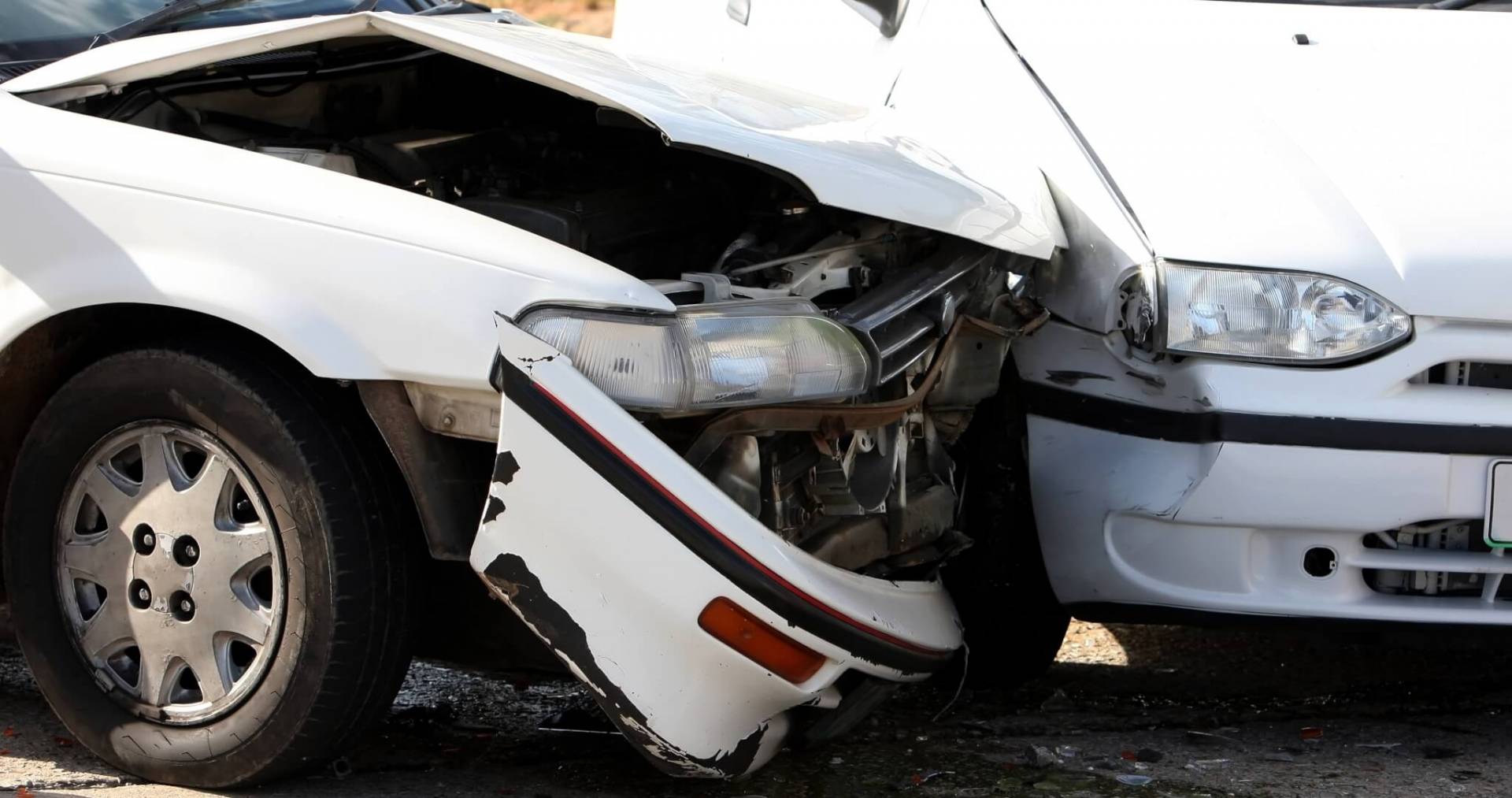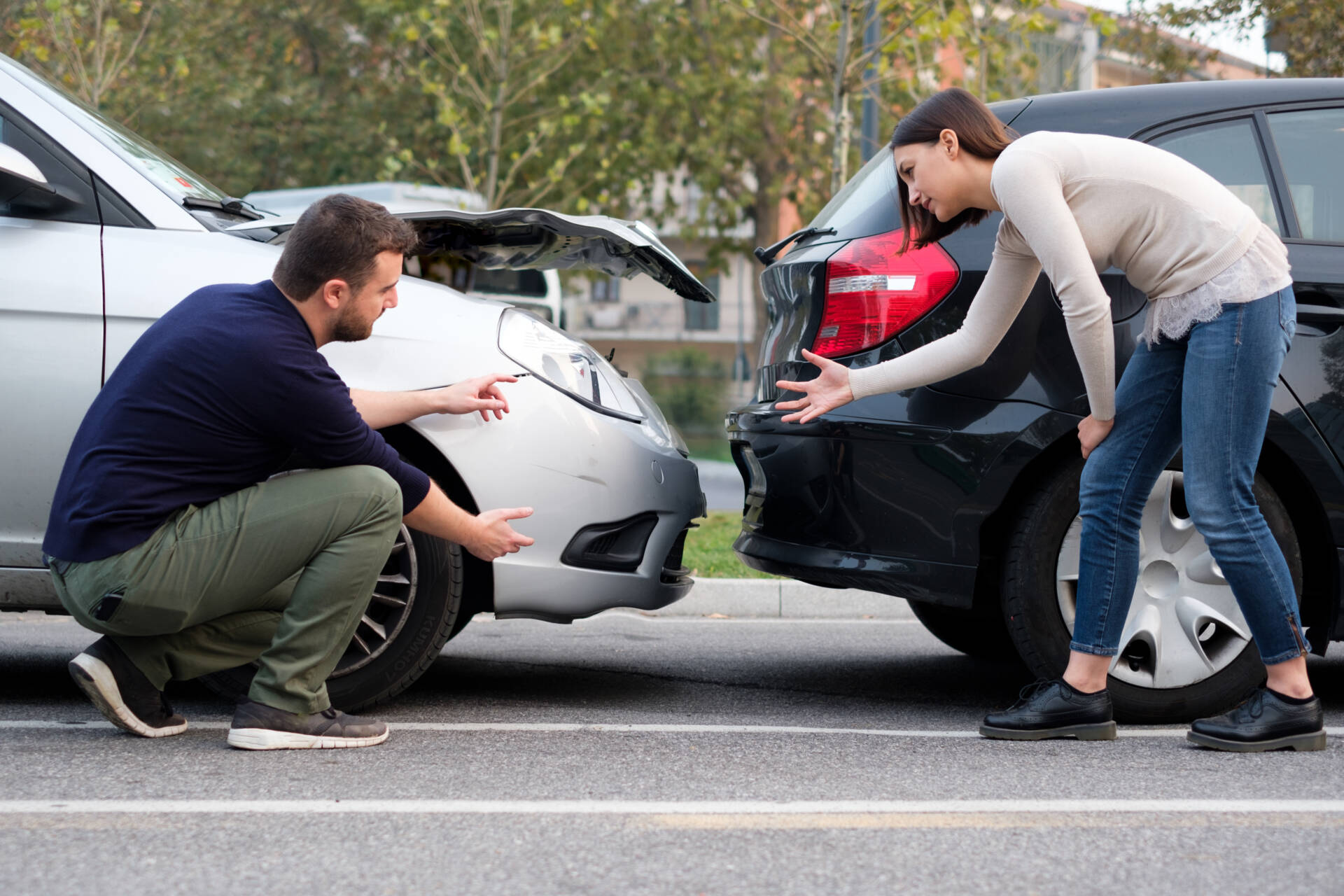
How To Prove Liability For An Accident
Car Accidents
Determining who is legally responsible for a traffic collision – that is, determining who “has liability” – can frequently be quite difficult. Usually, it will depend on whether or not one or more of the drivers was careless – the legal term is “negligent.” If someone has caused you to be injured in a traffic crash, it’s right for that person to pay for the costs and losses associated with your injury. The sometimes-daunting legal task will be to determine and prove who that person is – who has liability – who was negligent.
As you might imagine, driver negligence is, in fact, the cause of most traffic accidents. The general principle that guides personal injury cases arising from traffic collisions is this: If one driver was more negligent than the other, the more negligent driver should pay at least a part of the “damages” (expenses and losses such as medical bills and lost wages) suffered by the less negligent driver. This principle determines who is liable in most traffic accidents, although the following additional factors may also play a role in that determination:
1. If an injury victim – the “plaintiff” in a personal injury case – was also negligent, that victim’s final compensation amount may be reduced by the “percentage” of that victim’s own liability, based upon the degree to which the victim’s own negligence contributed to the accident and injury. It is the legal principle known as “comparative negligence.”
2. If an injury victim was where he or she was not supposed to be, or if the victim was somewhere where he or she should have expected the type of conditions which caused the accident, the person who caused the accident might not be liable because that person at that time and place had no legal “duty” to the injured person.
3. If a negligent driver causes a crash while at work for his or her employer, the driver’s employer may also have liability for the collision.
4. If a traffic collision happens on a property that has been inadequately built or maintained, the property owner may be liable for negligent property maintenance, even if the owner did not personally create the hazardous situation.
5. If a traffic collision is caused by a defective vehicle or vehicle part, both the manufacturer and seller may be liable.
6. If a traffic accident happens because a street or highway has been improperly designed or maintained, a government agency or contractor may have liability.
HOW DOES COMPARATIVE NEGLIGENCE WORK?
Comparative negligence is applied by the courts in three slightly different ways. Depending on the state where the traffic collision occurred, liability in personal injury cases arising from traffic collisions may be determined by one of three systems: pure contributory negligence, pure comparative fault, and modified comparative fault (also called “proportionate responsibility”). The courts in only four states and the District of Columbia operate under pure contributory negligence, which means that an injury victim cannot obtain any damages if the victim is even one percent at fault for the accident.
Thirteen states recognize pure comparative fault. Those states allow an injured plaintiff to recover damages even if he or she is 99 percent at fault, although the damages are reduced by the injured plaintiff’s percentage of the fault. States that recognize modified comparative fault can operate in one of two ways. Twelve states follow the “50 Percent Bar Rule,” meaning that an injury victim cannot recover any damages if he or she is 50 percent or more at fault for the accident. If the victim is 49 percent or less at fault for the accident, the victim may recover damages, although the amount will be reduced by the percentage of the fault.
Of course, if you are reading this, you are probably most interested in the law in Texas. Texas is one of the twenty-one states where the courts follow the “51 Percent Bar Rule,” meaning that an injury victim cannot recover any damages if he or she is 51 percent or more at fault for a collision. If the victim is 50 percent or less at fault for the collision, the victim may recover damages, although the amount will be reduced by the percentage of fault.
SHOULD YOU DEAL DIRECTLY WITH AN INSURANCE COMPANY?
There is no universally-accepted formula for arriving at the percentage of someone’s comparative negligence in a collision, but if you are injured in a crash, and you believe the other driver was negligent, do not even speak with an insurance company, and do not sign any documents or admit any fault yourself. After you have obtained medical treatment, discuss the accident and injury with an experienced Edinburg personal injury attorney, and let your attorney do all of the talking and negotiating with the insurance company on your behalf.
When an injury is catastrophic or permanently disabling – a spinal cord injury, a traumatic brain injury, or an injury requiring amputation, for example – an injury victim may need the maximum available amount of compensation for long-term care and treatment. An experienced personal injury lawyer will examine all of the potential sources of compensation to ensure that an injury victim will receive the maximum possible reimbursement.
When a defective vehicle or vehicle part is the cause of a traffic accident with injuries, as mentioned previously, the manufacturer and retailer may be liable. Vehicle-related product recalls have reached record numbers in recent years, and increasing numbers of drivers and their passengers have been injured due to malfunctioning air bags, defective tires, defective door latches, and damaged ignitions switches.
WHAT HAPPENS IF “THE GOVERNMENT” IS LIABLE FOR AN ACCIDENT?
Government agencies and contractors may be liable for an accident when a street or highway was improperly designed or has been negligently maintained. When a government agency or contractor is liable for injuries, the victim will need a lawyer’s help, and he or she will need to act quickly. Making a claim against a government contractor or agency means dealing with stubborn, uncompromising legal restrictions and deadlines.
In traffic collisions with injuries, a negligent driver is seldom the only party with liability. If you are injured by a negligent driver in Texas, an experienced attorney for auto accidents can examine all of the potential sources of compensation on your behalf. If you are injured in a traffic crash, consider everyone you think might be responsible, and discuss all of the potential sources of compensation with your personal injury lawyer.









